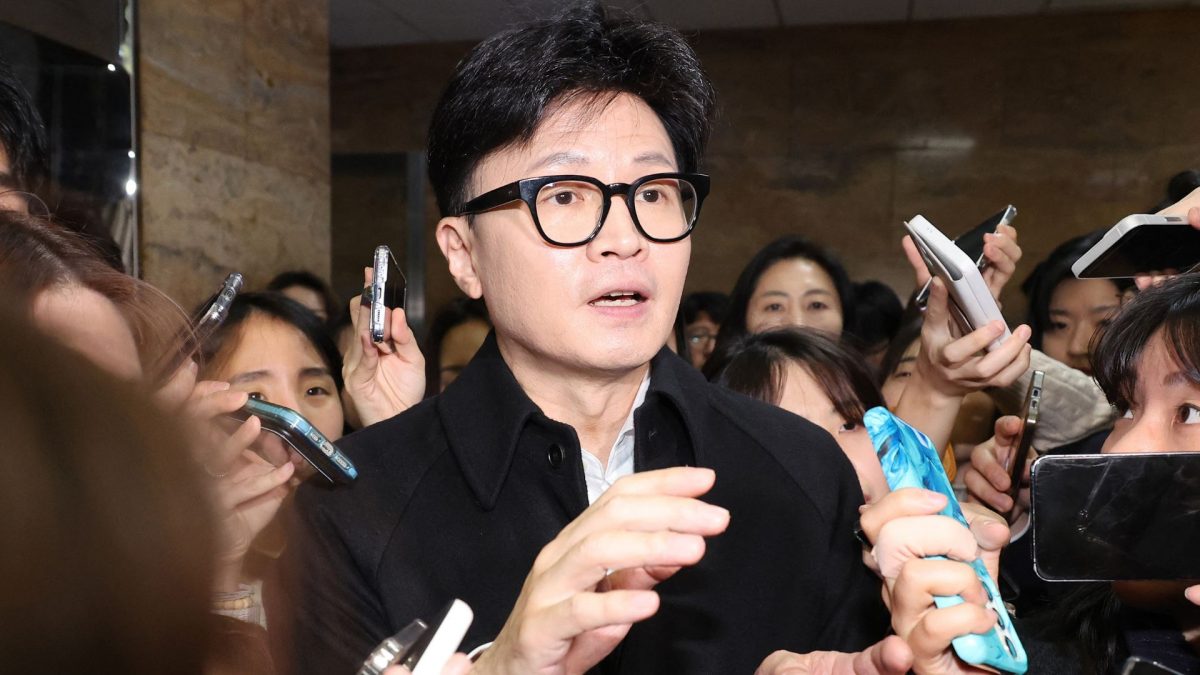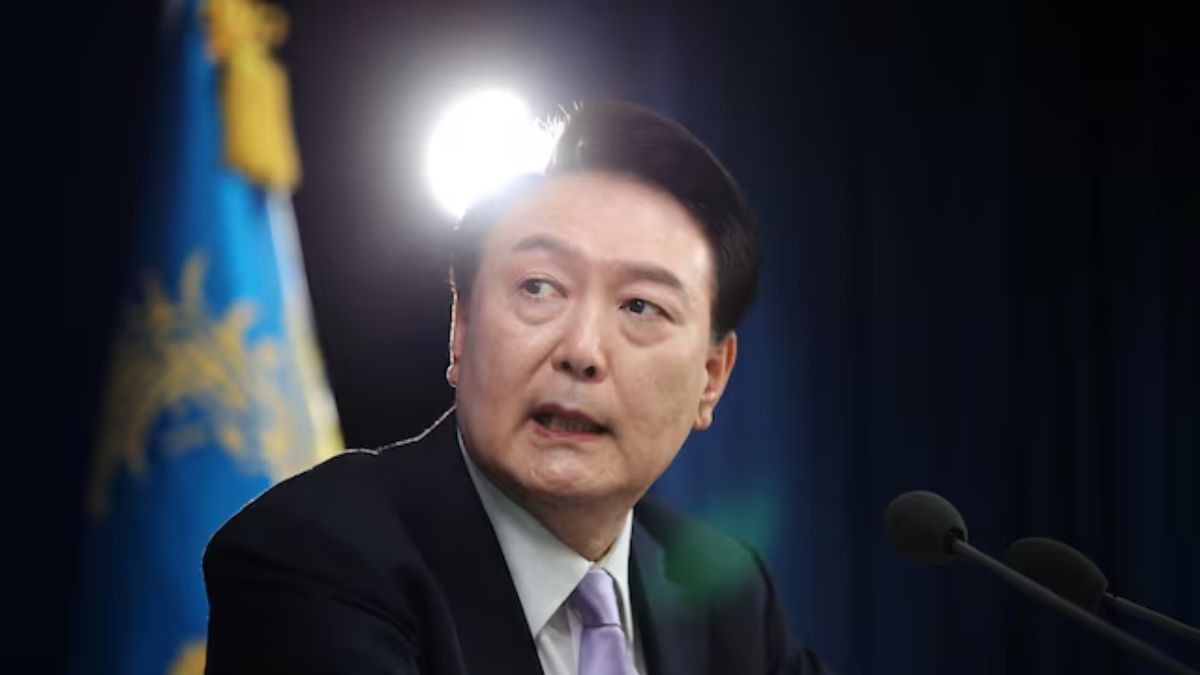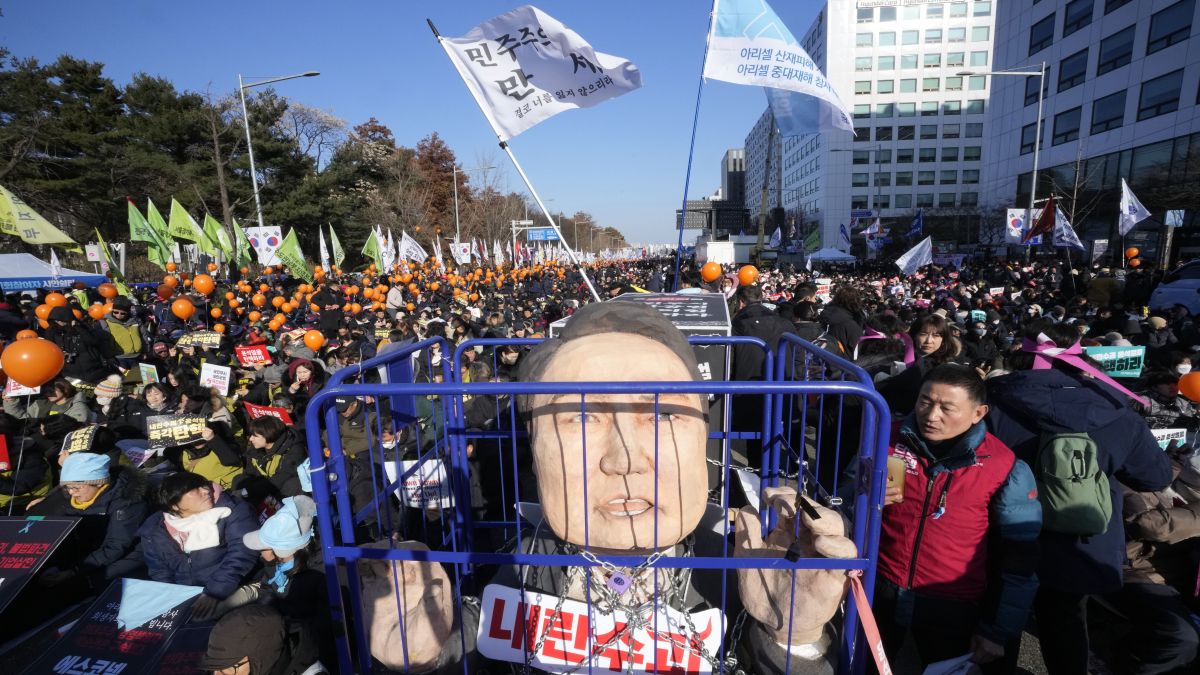
South Korea’s Nastiest Presidential Election
The DiplomatWhen the 22-day official campaign period started on February 15, South Korea’s presidential election, set for March 9, entered its final phase. Yoon’s pledge to relocate the presidential office to the Government Complex in Gwanghwamun and opening the “Gwanghwamun era” is the core of his political reform plan, appealing to nonpartisan middle-class swing voters, especially young people. With his pledge to end what he calls “the Cheong Wa Dae era, during which the presidential office reigned over the people,” Yoon is promising to reform South Korea’s imperial presidency. Many South Koreans, including medical experts from various sectors, openly criticize the government’s chaotic new COVID-19 self-test system, which, in their view, has not only left those classified as “low risk” virtually to their own devices but has also caused medical chaos and civil anxiety with a sense of “being locked up and neglected.” From the end of January to February 22, the daily count of infections surged more than ten-fold. Overall, Lee and the ruling DP’s major challenge lies in how they can dramatically increase the number of supporters amid a “crisis of trust.” Lee faces three major risks, including insufficient approval ratings in the Seoul metropolitan area, allegations of involvement in a massive land development project in the city of Seongnam, Gyeonggi Province while serving as Seongnam’s mayor, and abuse of power allegations levied against his wife.
History of this topic

Why Is South Korea’s President Yoon So Unpopular?
The DiplomatSouth Korea opposition wins landslide parliamentary vote in resounding blow to Yoon
The Hindu
South Korea's opposition wins in landslide parliamentary elections
NPR
South Korea’s Yoon left humbled by opposition election landslide
Al JazeeraBig opposition win in South Korean parliament election poses setback to President Yoon
Associated Press
South Korea holds parliamentary elections: All you need to know
Al Jazeera
South Korea’s Ruling People Power Party Gears Up for Change Ahead of the 2024 General Election
The Diplomat
How South Korea’s Authoritarian Past Shapes Its Democracy
The DiplomatSouth Korea: Conservative candidate Yoon Suk-yeol wins presidential election
The Hindu
South Korea elections: Opposition candidate Yoon Suk-yeol will be the country’s next president
The IndependentSouth Korean opposition candidate Yoon Suk-yeol elected president
ABC
South Korea votes for president in tight, bitter election
The Independent
South Koreans vote for president in tight, bitter election
India TV News
South Koreans go to the polls to choose next president
Al Jazeera
Yoon Suk-yeol wins South Korea’s presidential election
Al Jazeera
South Korea presidential elections 2022: Candidates, polling date, and more
The Independent)
Everything to know about South Korea's presidential election: Candidates, issues, scandals
Firstpost
Meet the candidates dueling to be S. Korea's next president
The Independent
‘Squid Game Election': South Korean campaign gets ugly
Associated Press
South Korean presidential hopefuls begin official campaigns
Associated Press
Campaigning for next president kicks off in South Korea
Al Jazeera
S Korea’s ruling party nominates maverick politician in race
Associated Press
South Korea’s ruling party nominates maverick politician in race
LA Times
South Korea’s Political Pendulum Swings Again
The DiplomatDiscover Related




)


)










)
)




)


)










)





